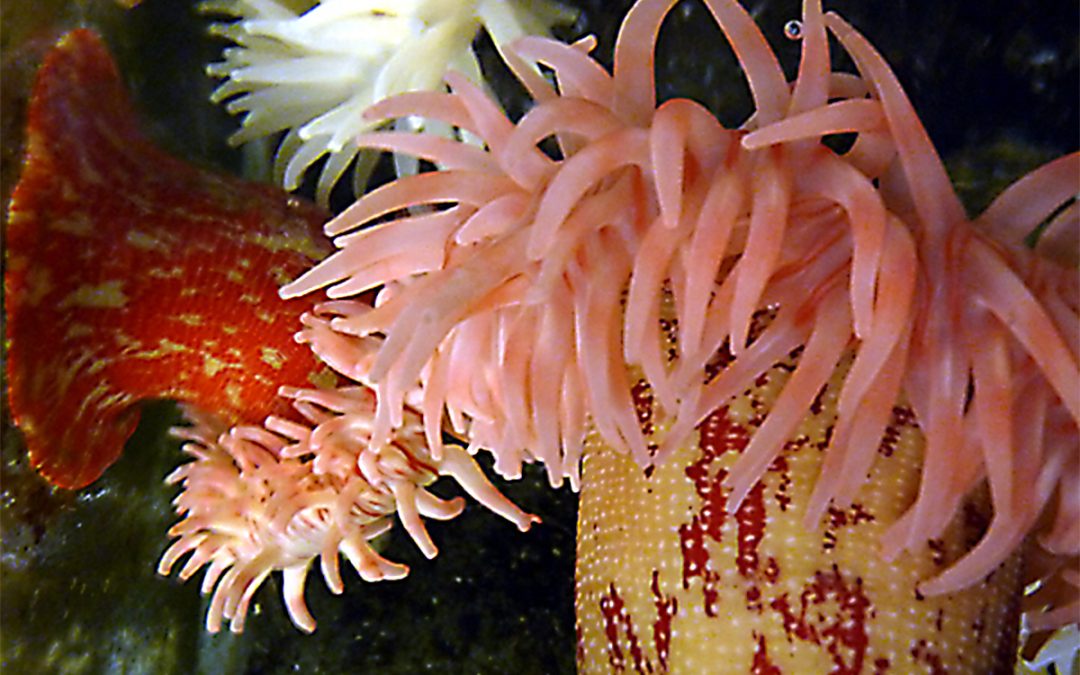
by David Young | Sep 29, 2024 | Cnidarians
Authors: Michael Adams and Daniel Barnaby Scientific Name: Urticina grebelnyi Identifying Features: Urticina grebelnyi is a large anemone that can be up to 30cm (12inches) tall and and 20cm (8 inches) wide. They vary widely in colour and often have green to light...


